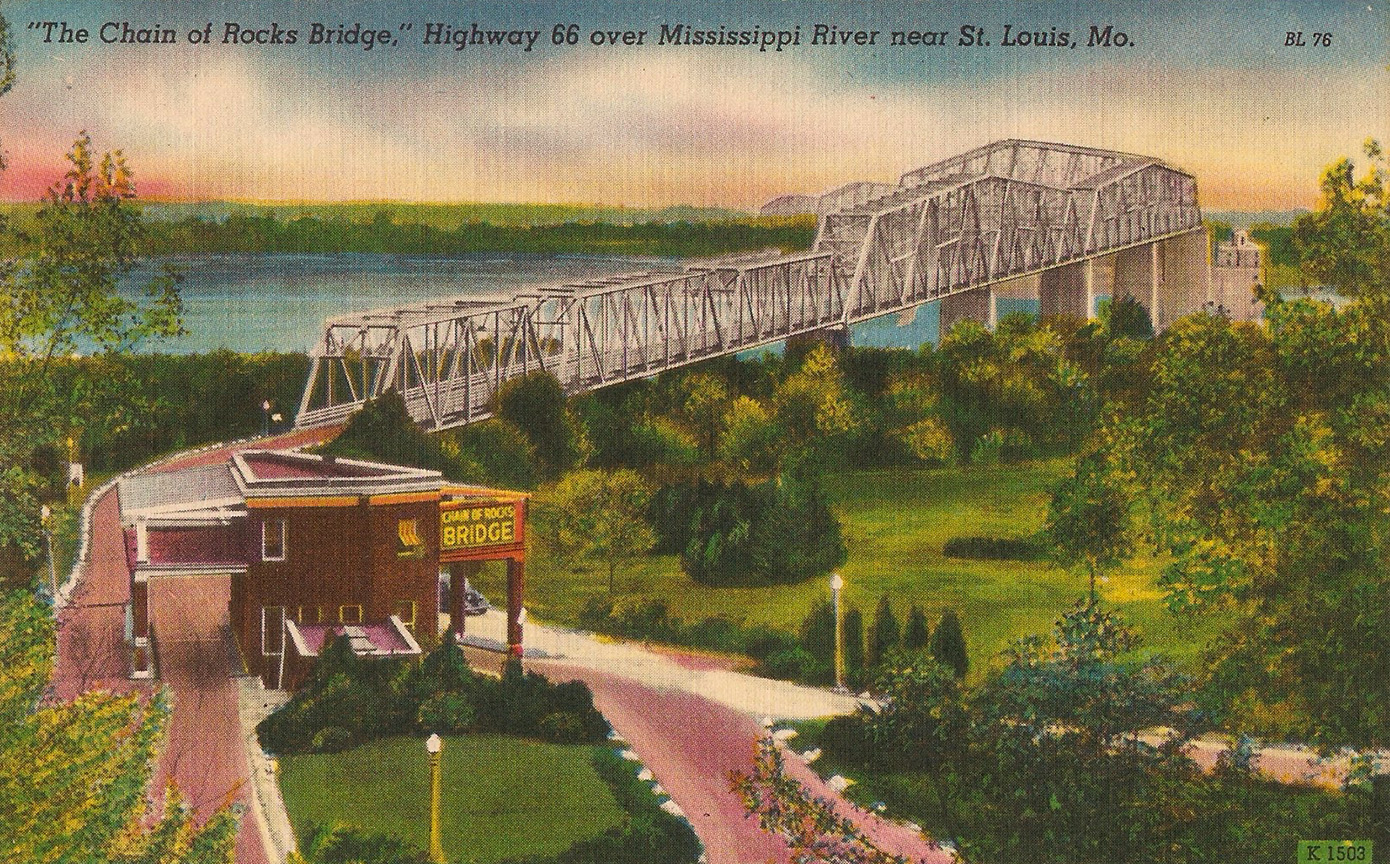Michael Bushnell
Northeast News
From the auspices of downtown Chicago and the Route 66 beginning or end point (depending on which direction one is traveling) of Lake Shore Drive and Jackson Avenue, the Mother Road loosely follows what is known as the Pontiac Trail.
Today, Interstate 55 follows largely the same route through such towns as Naperville, Joliet, and Springfield, home to the birthplace of our sixteenth President, Abraham Lincoln.
The towns of Dwight and O’Dell, Ill. feature restored 1920s-era service stations, complete with gas pumps with the lighted globes on top featuring Fire Chief or Sinclair gasoline logos.
The town of Pontiac, Ill. features a host of Route 66 attractions such as the Pontiac-Oakland Auto Museum.
Following I-55 along the route, it’s easy to forget the original two-lane road that once passed through the center of towns small and large.
Motorists often stopped at a variety of mom-and-pop diners, motor courts, and motels along the way.
These days, however, with the advent of the Interstate Highway System, many such locally-owned joints have gone the way of the dodo in favor of mega complex truck and traveler stops.
The route through Illinois takes us to the Mississippi River crossing on the Chain of Rocks Bridge.
The bridge was the brainchild of brothers Tom and John Scott who chartered a new toll bridge near the Chain of Rocks Waterworks plant.
Two years later, the bridge opened and featured a sharp 22-degree bend about halfway across the river.
The Army Corps of Engineers demanded that the bridge face cross the river at a 90-degree angle to the river’s flow to avoid hindering barge navigation on the river.
Toll revenues soared when Route 66 was re-routed across the bridge.
The bridge proved to be too narrow and too dangerous as trucks grew larger and larger.
A new Chain of Rocks bridge was completed in 1966 and the bridge was closed in 1970.
Its abandonment led to it falling into disrepair and the city toyed with the idea of blowing the bridge up for practice demolition teams.
Fate intervened and ultimately, in 1999, the bridge was reopened, not to vehicle traffic, but to pedestrian traffic through the auspices of Trailnet, a non-profit rails to trails initiative that connects hundreds of miles of bike and walking trails across the country.
In 2005, the Chain of Rocks Bridge was granted a spot on the National Register of Historic Places, ensuring its place among the most iconic structures in America.
An interesting bit of trivia about the bridge is that it was featured in the 1981 cult classic Escape From New York.
The fictional 69th Street Bridge shown at the end of the movie is actually the Chain of Rocks Bridge.
This Linen-style postcard shows the Chain of Rocks Bridge toll booth on the Missouri side of the river and the sharp, 22-degree bend in the center of the bridge.
It is published by Blair Cedar & Novelty Works in Camdenton, Missouri. It is postally unused.





















